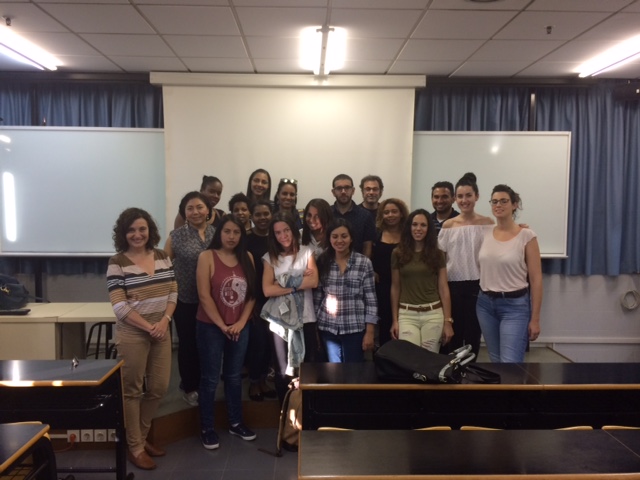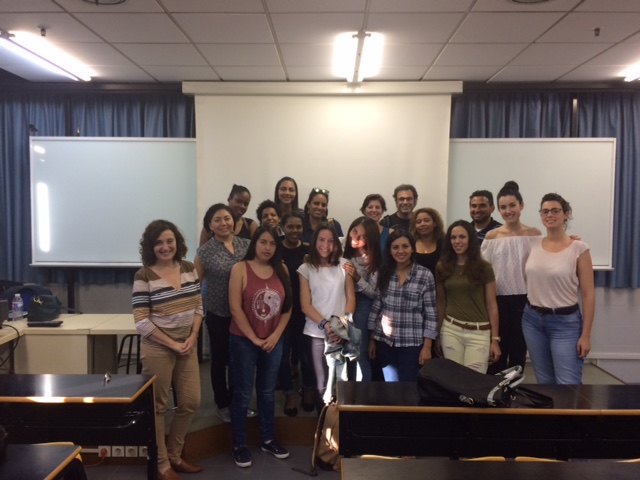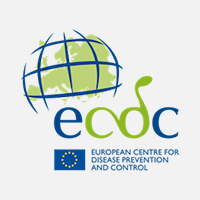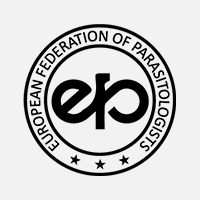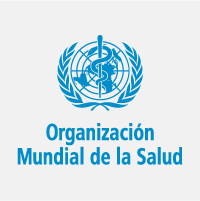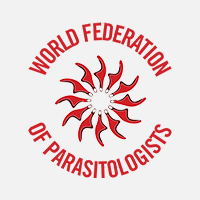
The soil-transmitted helminthiasis are one of the most common parasitism in the world affecting the poorest and most disadvantaged communities.
26 february 2016
The soil-transmitted helminthiasis are transmitted by the eggs of eliminated parasites with the faeces of the infested people, who at the same time contaminate the soil in areas where the sanitation is deficient. The main species of helminths transmitted by the soil affecting humans are the roundworm (Ascaris lumbricoides), the whipworm (Trichuris trichiura) and the ancylostoma (Necator americanus and Ancylostoma duodenale).
World distribution and prevalence
In the entire world, approximately 1,500 millions of people, nearly 24% of the world population, is infected by soil-transmitted helminths. Soil-transmitted helminthiasis are widely distributed in tropical and subtropical areas, specially in sub-Saharan Africa, America, China and East Asia.
More than 270 millions of preschool children and more than 600 millions of school-aged children live in areas with a high transmission of these parasite and need treatment and preventive interventions.
Transmission
Soil-transmitted helminthiasis are transmitted by the eggs eliminated through the faeces of infested people. Adult helminths live in the intestine, where they produce thousands of eggs every day. The areas where there aren’t adequate sanitary systems, those eggs contaminate the soil, which can happen through several ways:
- Trough vegetables not enough cooked, washed or peeled.
- Trough contaminated water fountains.
- In the case of children, playing on contaminated ground and putting their hands in their mouth without washing them.
Also, ancylostoma eggs are developed on the soil and release larvae that mature until becoming a body that can penetrate the skin actively. The infection is produced basically by walking barefoot on a contaminated soil.
There is no direct transmission from person to person, nor infection through fresh faeces, because eggs expelled by the faeces need around three weeks to mature in the soil before having the infesting form. As these helminth parasites do not multiply in the human host, there is only reinfection in case of contact with the infesting forms in the middle.
Morbidity and clinical picture
Morbidity depends on the number of parasites. People with a mild infection generally do not present symptoms. The most severe infections can cause diverse symptoms, among them intestinal problems (diarrhoea and abdominal pain), general malaise and weakness, as well as physical and cognitive development deterioration. Ancylostomes cause chronic losses of intestinal blood that can cause anaemia.
Published by: Paula Tomás Gimeno








